What Are Frameless Shower Doors?

Framed vs. Frameless: Key Features Table
Frameless vs Framed Shower Doors
| Feature | Frameless | Framed |
| Glass Thickness | 3/8” – 1/2” tempered glass | 3/16” – 1/4” tempered or annealed glass |
| Metal Frame | Minimal clips, handles, and hinges | Full metal enclosure around all glass panels |
| Aesthetics | Open, modern, seamless, and luxurious | Defined edges, traditional look |
| Cleaning/Maintenance | Very easy, less buildup of soap scum | More nooks for water and mildew to hide |
| Customization | Extensive for any size, finish, or hardware | Limited to standard sizes and styles |
Types & Styles of Shower Door Frameless Designs
- Single Panel (Fixed): Often called a splash guard, this is a stationary panel of glass used for walk-in showers. It’s the most minimalist option, designed to block most water while keeping the entry open.
- Swing/Pivot Door: This is the most common type. The door can swing open like a standard door, either from hinges mounted to a wall or an adjacent glass panel. Pivot doors use a hinge at the top and bottom, allowing for a wider range of motion.
- Sliding (Bypass): A popular choice for tight spaces where a swinging door isn't practical, frameless sliding shower doors feature two overlapping glass panels that slide past each other on a sleek top track and bottom guide.
- Bi-fold: Ideal for very small bathrooms or tight corners, bi-fold doors consist of two smaller panels that fold inward, creating a wide opening without needing much clearance.
- Corner and L-Shaped: For showers located in a corner, a custom frameless enclosure can be created with two or more glass panels, often combining a fixed panel with a swinging or sliding door to form a complete shower enclosure.
Pros & Cons Table
| Style | Best For | Pros | Cons |
| Single Panel | Minimalist walk-in showers | Most affordable, easy to install, maximizes open feel | No full enclosure means water can splash out |
| Swing/Pivot | Most standard showers, larger bathrooms | Classic elegance, wide entry, easy to clean | Requires clearance space for the door to open |
| Sliding | Bathrooms with limited space | Space-saving, modern mechanism, smooth operation | Features more hardware and tracks than a swing door |
| Bi-fold | Very cramped shower areas or tubs | Folds compactly, perfect for small openings | More moving parts and hardware, complex design |
Best Shower Door Frameless Options for Small Bathrooms
- Frameless sliding doors: These require no outward clearance, saving valuable floor space.
- Corner shower enclosures with frameless panels: These maximize usage of corner areas while keeping the layout open.
- Fixed glass panels (also called shower screens): They’re minimalist, cost-effective, and easy to install.

Latest Design Trends for 2025
- Hardware Finishes: While classic chrome remains popular, matte black hardware is a dominant trend, offering a bold, modern contrast. Brushed gold and champagne bronze are also in high demand, adding a touch of warmth and elegance.
- Glass Textures: For those who desire privacy without sacrificing light, frosted and rain glass are stylish options. Custom etching with geometric patterns allows for a truly unique bathroom look.
- Smart Features: Technology is making its way into the shower. Look for advanced nano-coatings that repel water and prevent water spots and soap scum. Anti-fog and antimicrobial finishes are other special features that make cleaning and maintenance even easier.
- Curved Glass: Moving beyond sharp angles, custom curved glass doors are emerging for corner showers, creating a soft, organic, and highly luxurious feel.
How to Choose the Right Frameless Shower Door
1. Assess Your Bathroom’s Size and Layout:
- Measure your shower opening precisely at the top, middle, and bottom. Walls are rarely perfectly straight.
- Evaluate clearance. Do you have enough room for a door to swing open without hitting a toilet or vanity? If not, frameless sliding shower doors are your best option.
- Consider the curb of your shower. A low or non-existent curb may require a specific type of seal to keep water inside the shower.
2. Define Your Design Priority:
- Are you aiming for a spa-like, luxurious feel? A large, clear swing door might be ideal.
- Is your main goal creating a sense of space? A fixed panel or completely shower door frameless design will do the trick.
- Is accessibility key? Your focus should be on wide openings and minimal tracks.
3. Consider User Needs:
- For Seniors: Are frameless shower doors safe for seniors? Yes, they can be an excellent choice. Opt for a design with a wide, barrier-free entry to accommodate mobility needs and reduce the risk of slipping. Ensure the floor surface is non-slip and consider adding grab bars.
- For Children: The use of tempered glass is a critical safety feature. It is designed to shatter into small, pebble-like pieces rather than sharp shards if it breaks.
- For Cleaning: If you hate cleaning, a frameless design is for you. With fewer crevices, there are fewer places for mold and mildew to grow. Add a water-repellent coating to make it even easier.
Frameless Shower Door Cost Guide & Value
- Glass Thickness: 1/2" glass is more expensive than 3/8" glass.
- Door Type: A single fixed panel is the most affordable, while custom multi-panel enclosures are the most expensive.
- Hardware: The finish and brand of the hinge, handle, and clips affect the price.
- Customization: Special glass types (low-iron, frosted) and protective coatings add to the cost.
| Type | Average Installed Cost |
| Frameless | $800 – $3,500+ |
| Framed/Semi-frameless | $400 – $1,200 |

Step-by-Step Shower Door Frameless Installation
- Hinges or Pivots: These are mounted directly to the wall, which should be reinforced.
- Clips or U-Channels: Fixed glass panels are secured to the wall and curb using small, discreet metal clips or a slim U-channel.
- Silicone Sealant: A thin bead of clear silicone caulk is applied where the glass meets the wall and floor to create a watertight seal.
- Measure and Prep: The opening is measured multiple times. Walls and floors are cleaned thoroughly.
- Install Hardware: Holes are drilled into the tile and studs to mount the hinges or channels. This is a critical step where mistakes can lead to cracked tiles or a weak foundation.
- Set the Glass: The heavy glass doors and panels are carefully lifted into place and secured. The door must be perfectly level to ensure smooth operation and prevent stress on the hinges.
- Apply Sealant: Silicone is applied along every gap where glass meets a surface to create a waterproof barrier.
- Final Inspection: The installer will inspect the door's swing, alignment, and seals before completing the job.
Maintenance & Longevity
- Daily: Use a squeegee to wipe down the glass after every shower. This takes less than 30 seconds and is the single best thing you can do to prevent water spots and soap scum buildup.
- Weekly: Clean the glass with a soft cloth and a mild cleaner (a simple solution of water and white vinegar works well). Avoid abrasive scrubbers that can scratch the glass.
- Why does my frameless shower door keep slipping: If your door sags or slips, it usually means a hinge has come loose. This can happen over time from the weight of the door. The screws need to be carefully re-tightened. If the problem persists, the door may not have been installed perfectly plumb, and you should call a professional to adjust it.
- Water Leaks: A leak is almost always due to failed sealant. Over time, the silicone caulk can peel or crack. Inspect the seals regularly and reapply caulk if you notice any gaps. Vinyl seals along the bottom and side of the door can also be replaced if they become worn.
- When is it time to replace your frameless shower: Look for signs of significant wear and tear. Deep scratches, chips or cracks in the glass compromise its integrity and are a clear sign for replacement. Corroded or permanently loose hardware is another indicator that the life of your shower door is ending.

Eco-Friendly and Safety Considerations
- Materials: Look for manufacturers that use recyclable materials for both the glass and the minimal hardware. Stainless steel and solid brass hardware are not only durable but also recyclable.
- Safety: The use of tempered glass is a non-negotiable safety standard. This glass is heat-treated to be four to five times stronger than standard glass. If it does break, it crumbles into small, dull-edged pieces, significantly reducing the risk of injury.
- Hardware: Ensure the hardware is made from rust-resistant materials like stainless steel or brass to prevent corrosion, especially in a high humidity environment.
Customization & Smart Features
Glass Types:
- Standard Clear: Has a slight green tint due to its iron content.
- Low-Iron (HD): Ultra-clear glass that offers maximum transparency and color neutrality, making your tile colors pop.
- Tinted: Bronze or gray tints for a unique design statement.
- Patterned: Frosted, rain, or etched glass shower panels for added privacy and style.
Hardware Finishes: Go beyond chrome with matte black, brushed nickel, polished brass, or oil-rubbed bronze to match every other fixture in your bathroom.
Advanced Coatings: Investing in a factory-applied protective coating can make cleaning effortless. These hydrophobic surfaces cause water to bead up and roll off, taking minerals and soap with it.
Market Research & Consumer Insights
- Growing Demand: Market data shows that the demand for shower door frameless designs has grown over 30% since 2020. Homeowners are increasingly prioritizing open, airy bathroom designs and features that add long-term property value.
- High Satisfaction: Customer satisfaction rates for professionally installed frameless doors consistently exceed 90%. The combination of visual appeal, ease of maintenance, and durability makes it a home improvement project with a high return on satisfaction.
- Proven Longevity: Installer and manufacturer reports confirm that the average longevity of a frameless door is 20 to 30 years, making the initial investment pay off over the long haul.
FAQ
1. What are the cons of frameless shower doors?
2. How much should a frameless glass shower door cost?
3. What holds a frameless shower door in place?
4. Why does my frameless shower door keep slipping?
5. Are frameless shower doors safe for seniors?
6. How hard is it to install a frameless shower door?
7. How long do frameless shower doors last?
References
- Consumer Product Safety Commission. (1977). *16 C.F.R. Part 1201 - Safety Standard for Architectural Glazing Materials*. Retrieved from https://www.ecfr.gov/current/title-16/chapter-II/subchapter-B/part-1201

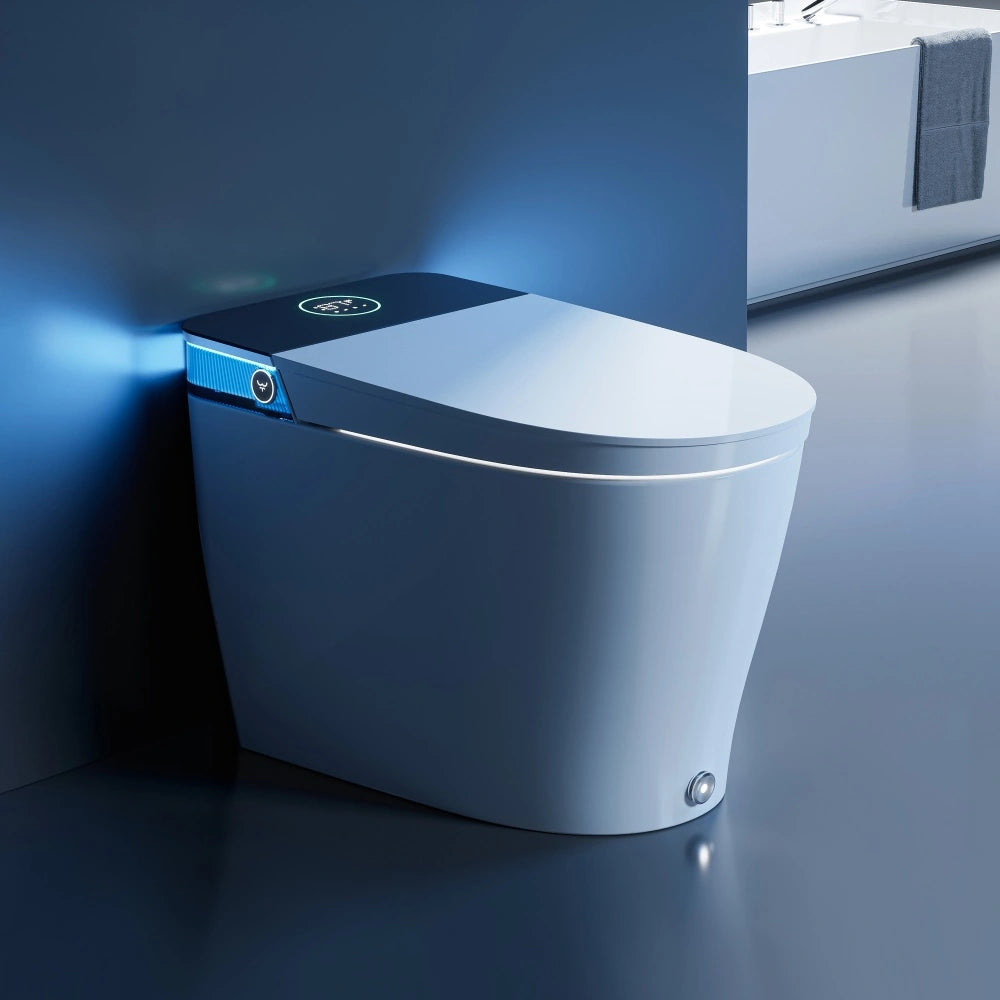
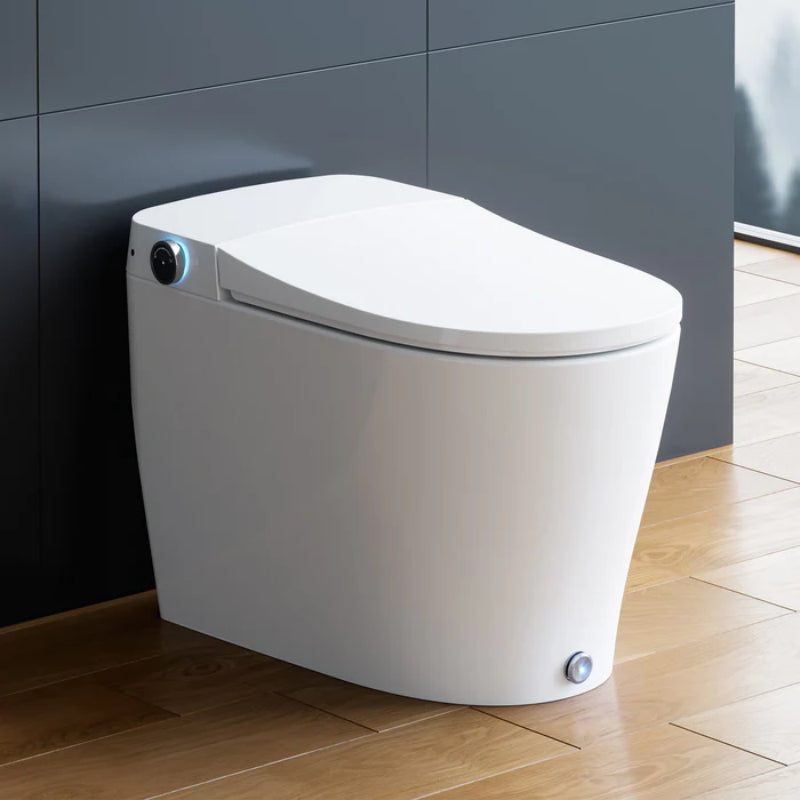
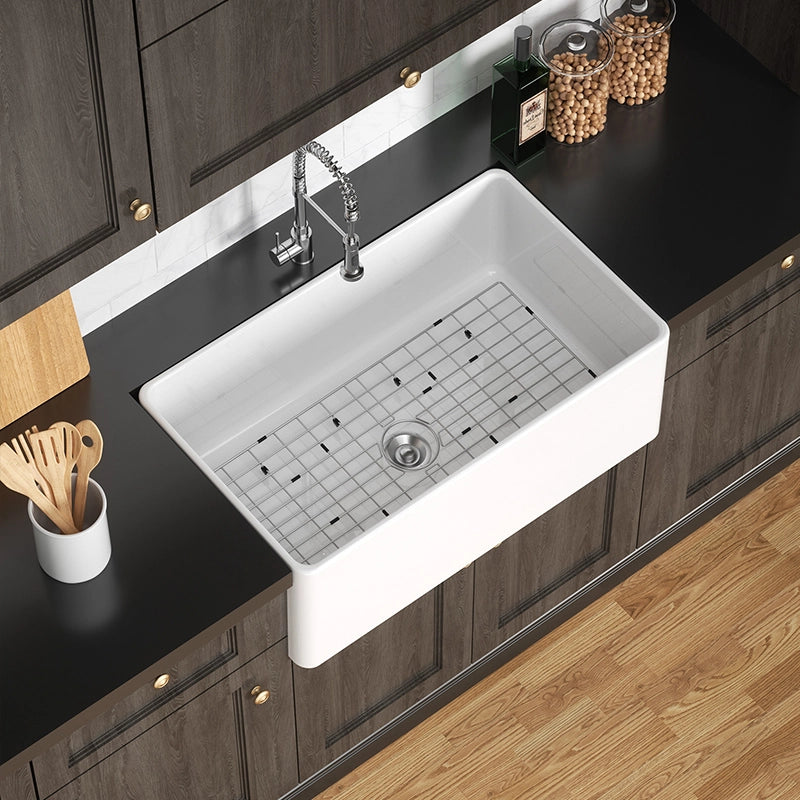
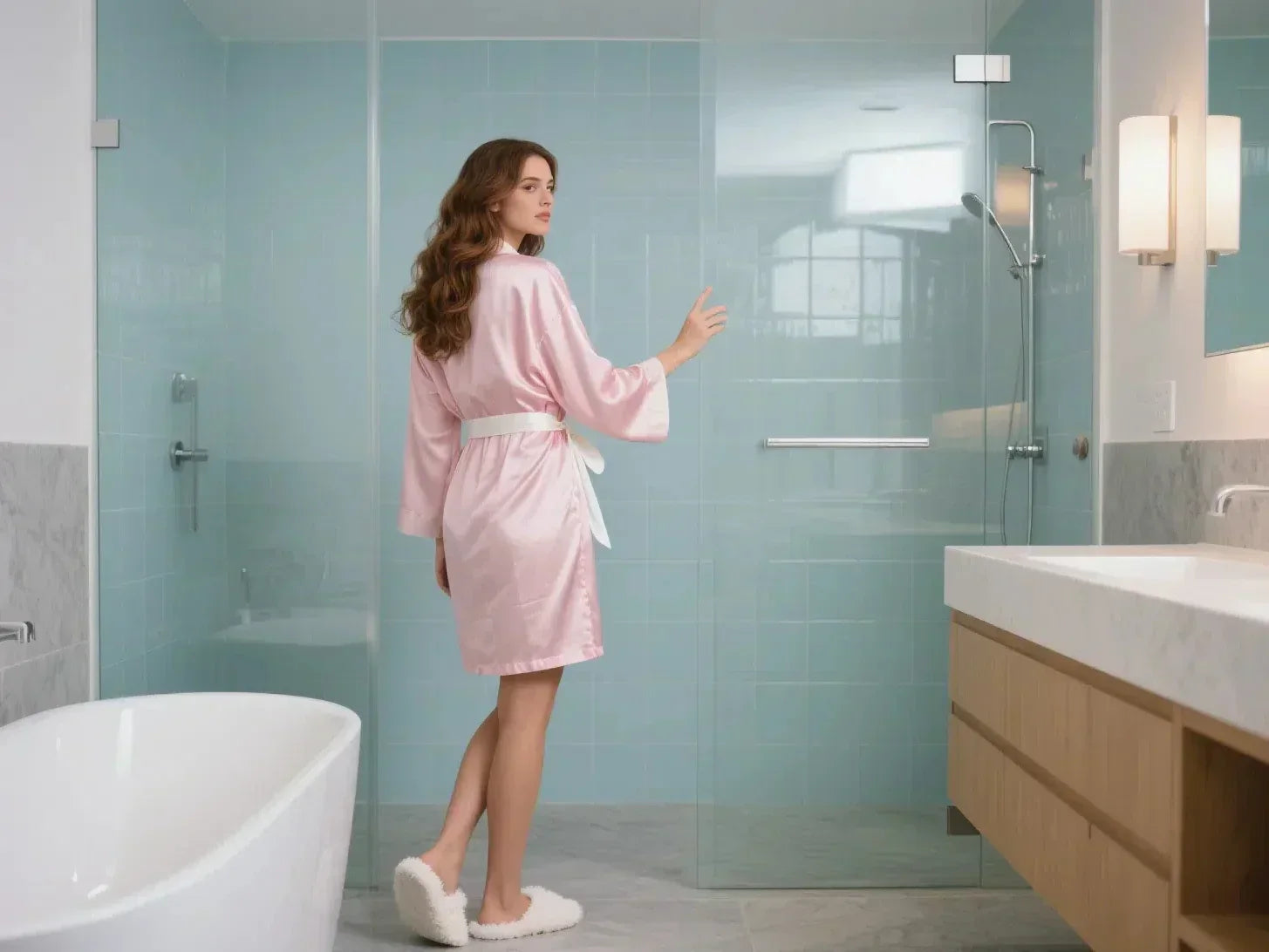
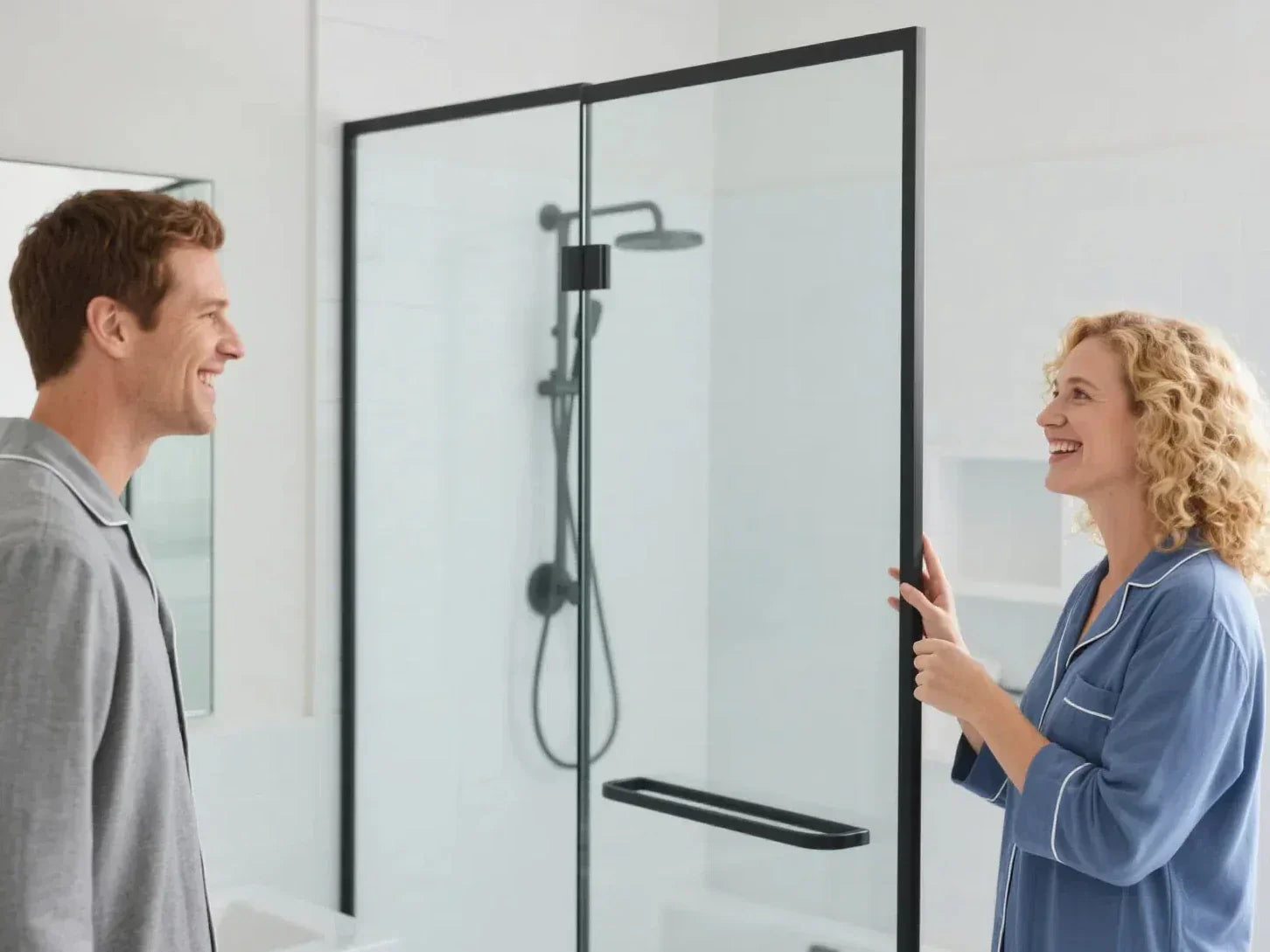
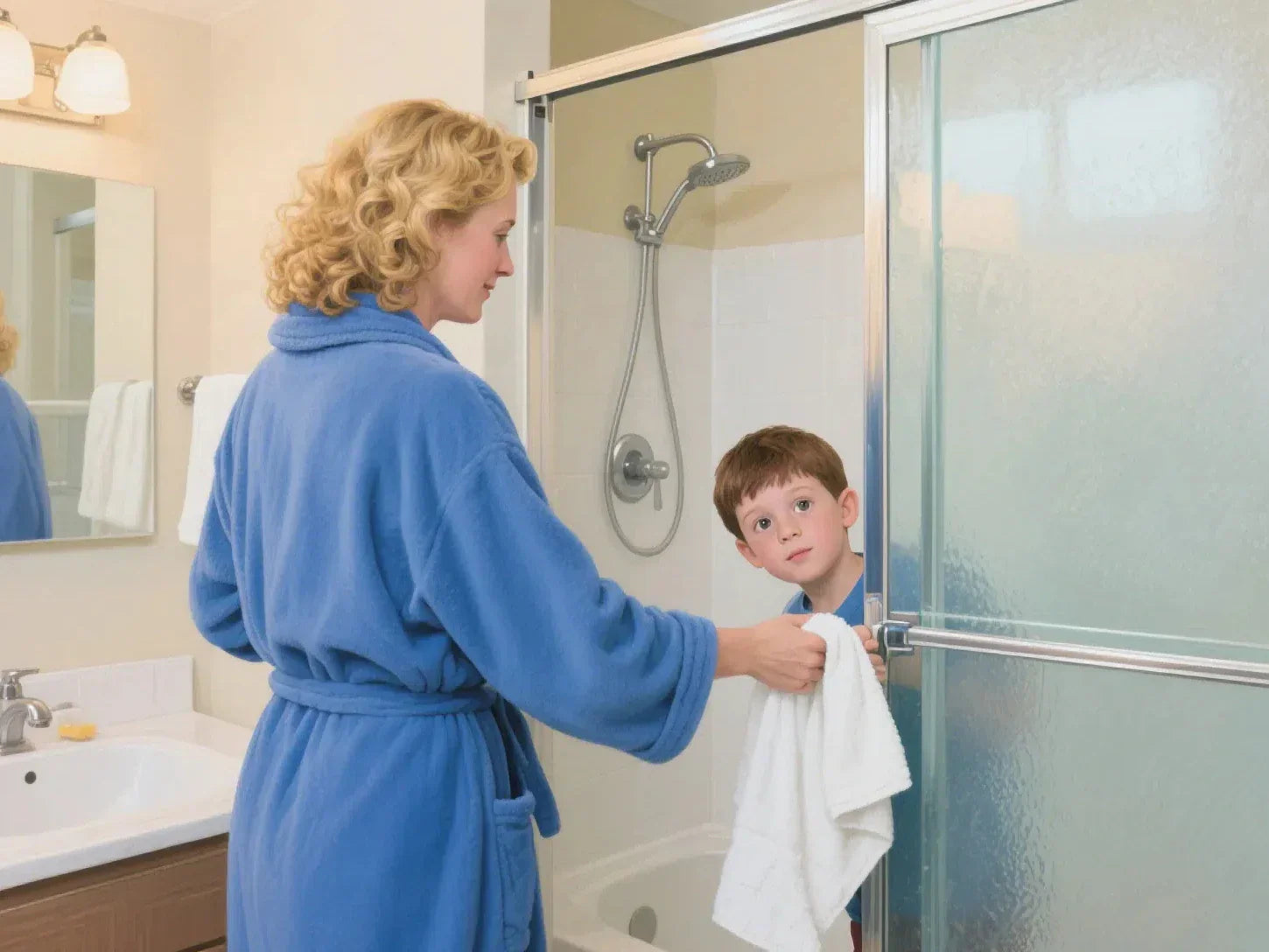

Leave a comment
This site is protected by hCaptcha and the hCaptcha Privacy Policy and Terms of Service apply.